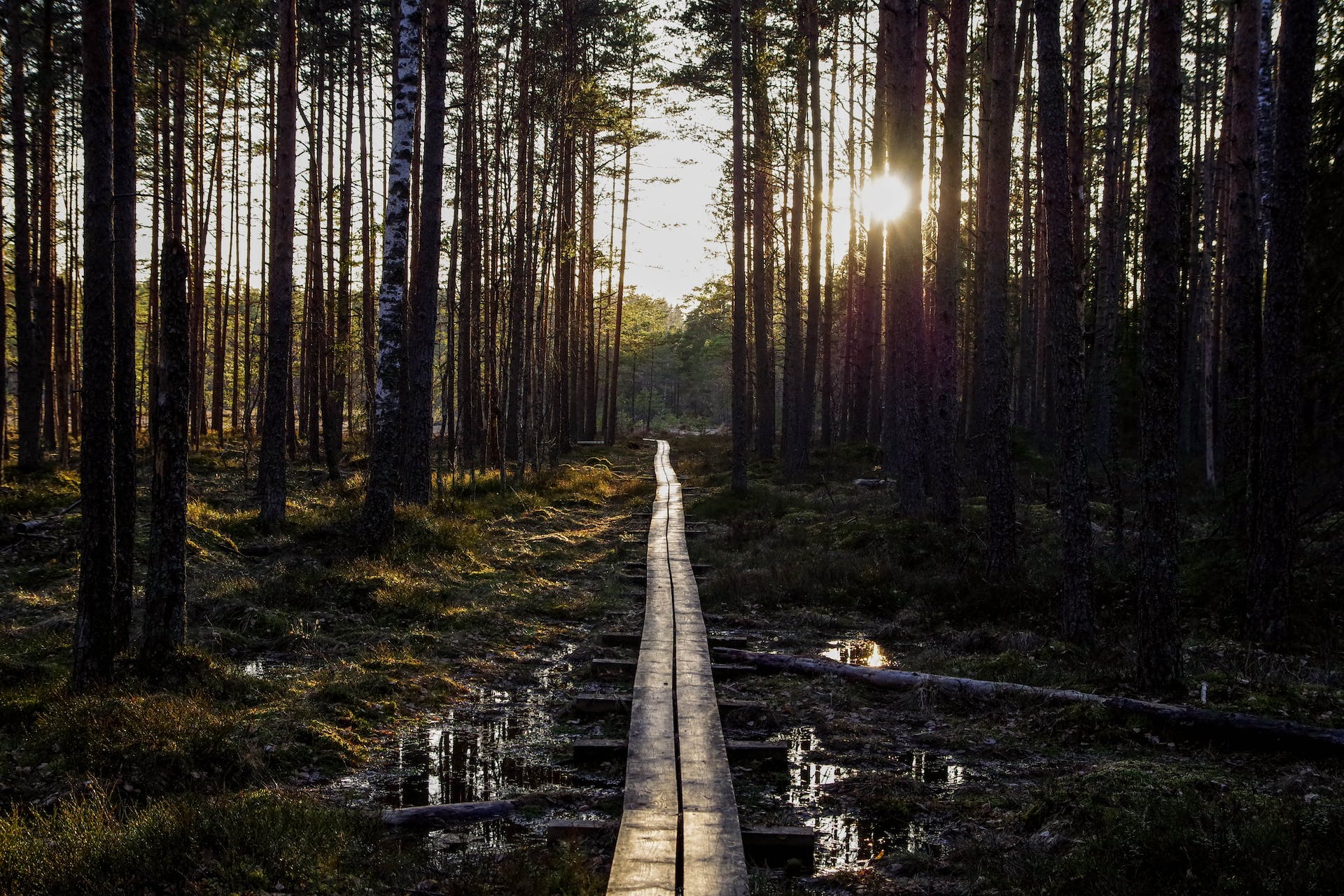Abstract
Drainage and conversion of natural peatlands into forestry increases soil CO2 emissions through decomposition of peat and modifies the quantity and quality of litter inputs and therefore the soil carbon balance. In organic soils, CO2 net emissions and removals, are reported using carbon emission factors (EF). The choice of specific default Tier 1 EF values from the IPCC 2013 Wetlands supplement depends on land use categories and climate zones. However, Tier 1 EF for afforested peatlands in the temperate maritime climate zone are based on data from eight sites, mainly located in the hemiboreal zone, and the uncertainty associated with these default values is a concern. In addition, moving from Tier 1 to higher-Tier carbon reporting values is highly desirable when large areas are affected by land use changes. In this study, we estimated site-specific soil carbon balance for the development of Tier 2 soil CO2-C EFs for afforested peatlands. Soil heterotrophic respiration and aboveground litterfall were measured during two years at eight afforested peatland sites in Ireland. In addition, fine roots turnover rate and site-specific fine root biomass were used to quantify belowground litter inputs. Our findings found that draining of peatlands, and planting them with either Sitka spruce or lodgepole pine, resulted in soils being net carbon sources. The soil carbon balance at multi-year sites varied between 63 ± 92 and 309 ± 67 g C m-2 year-1. Mean CO2-C EF for afforested peatlands was 1.68 ± 0.33 t CO2-C ha-1 year-1. The improved CO2-C EFs presented here for afforested peatlands are proposed as a basis to update national CO2-C emissions from this land-use class in Ireland. Furthermore, new data from these sites will significantly contribute to the development of more reliable IPCC default Tier 1 CO2-C EFs for afforested peatlands in the maritime temperate climate zone.
Full article available here





Comments are closed